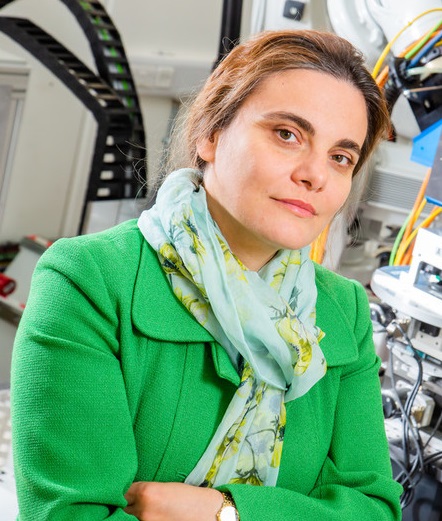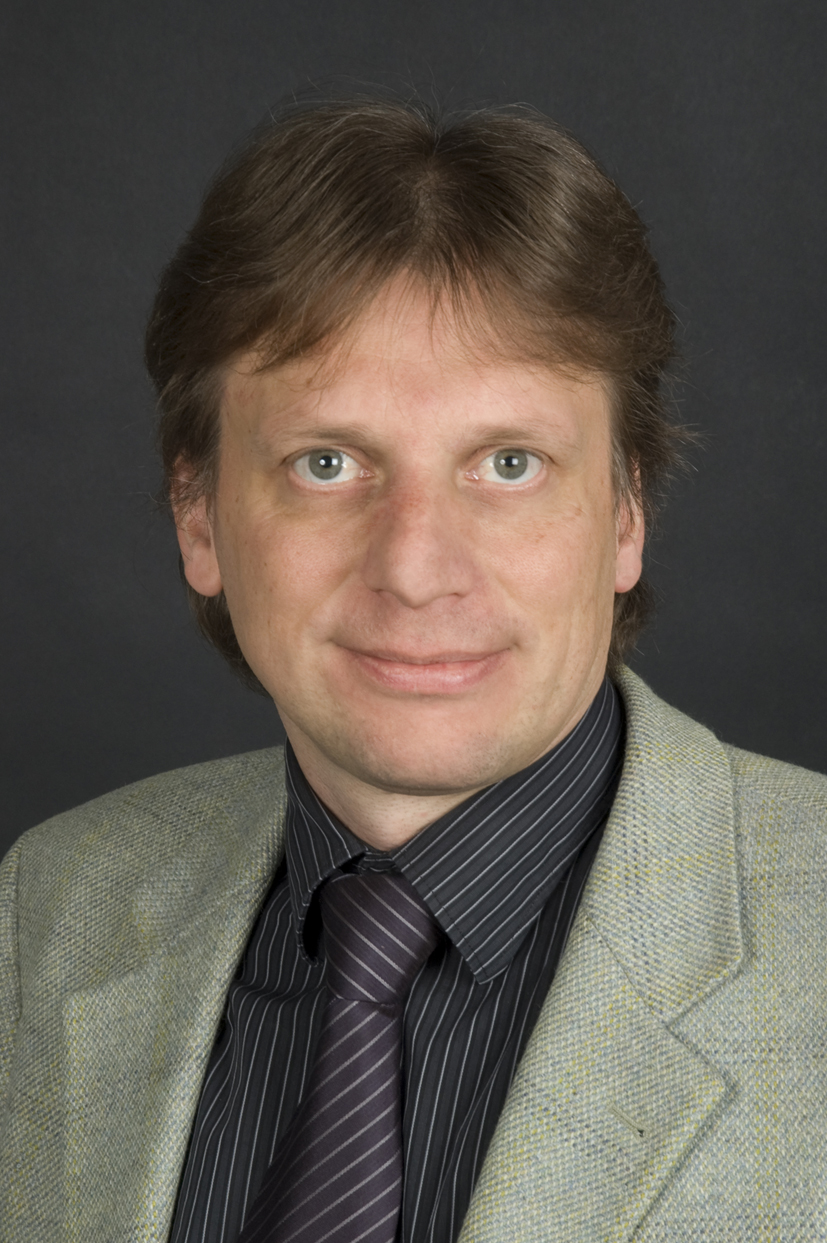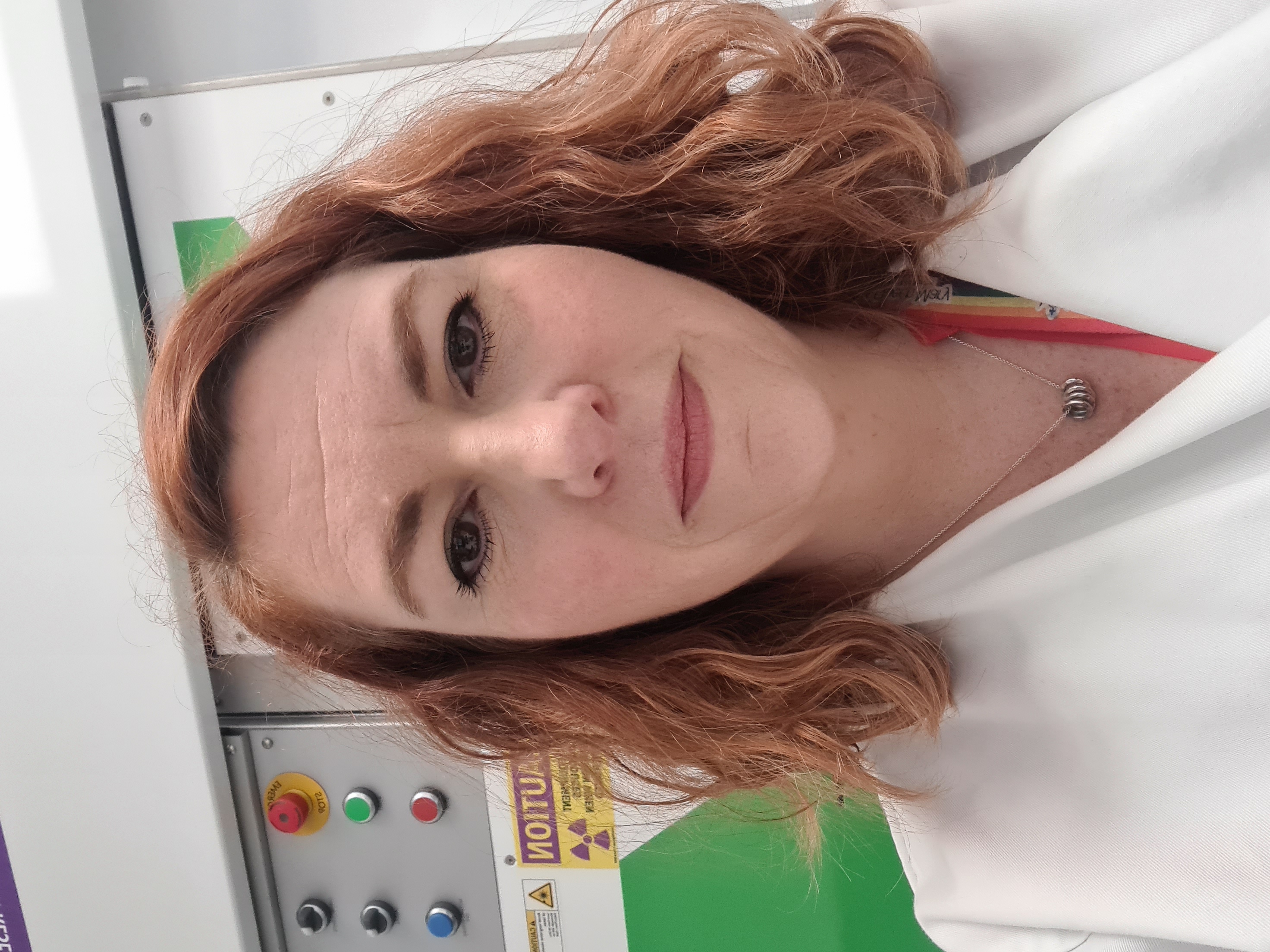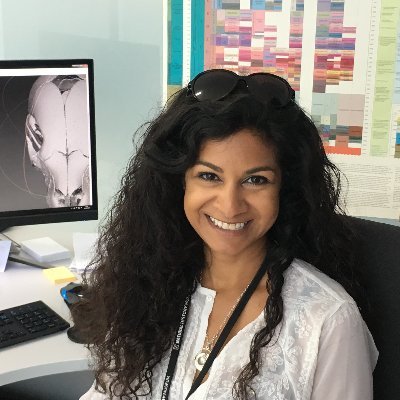
New X-ray Technologies and Future Advances
"Revealing the unknown. Combining neutron and X-ray imaging a turning point in matter probing"
Dr Genoveva Burca, ISIS Facility, STFC, UK
Genoveva is an international expert in neutron imaging and diffraction techniques based at the ISIS Neutron and Muon Source, Oxfordshire, UK and visiting academic at the University of Manchester. Her research focuses on solving complex problems at the intersection of complementary neutron and x-ray ...
Genoveva is an international expert in neutron imaging and diffraction techniques based at the ISIS Neutron and Muon Source, Oxfordshire, UK and visiting academic at the University of Manchester. Her research focuses on solving complex problems at the intersection of complementary neutron and x-ray imaging techniques building robust solutions for materials characterization from a cross-disciplinary scientific perspective.
Apart from her creative and interdisciplinary approach on delivering solutions to academia and industry via combined imaging techniques she also provides training and mentors the next generation of scientists in the efficient use of large scale scientific neutron facilities. She actively serves on several national and international advisory and reviewing committees and collaborates with various research groups from UK, Sweden, Denmark, Switzerland, France, Canada and India as well as industrial partners on various projects spanning from life sciences to engineering.



